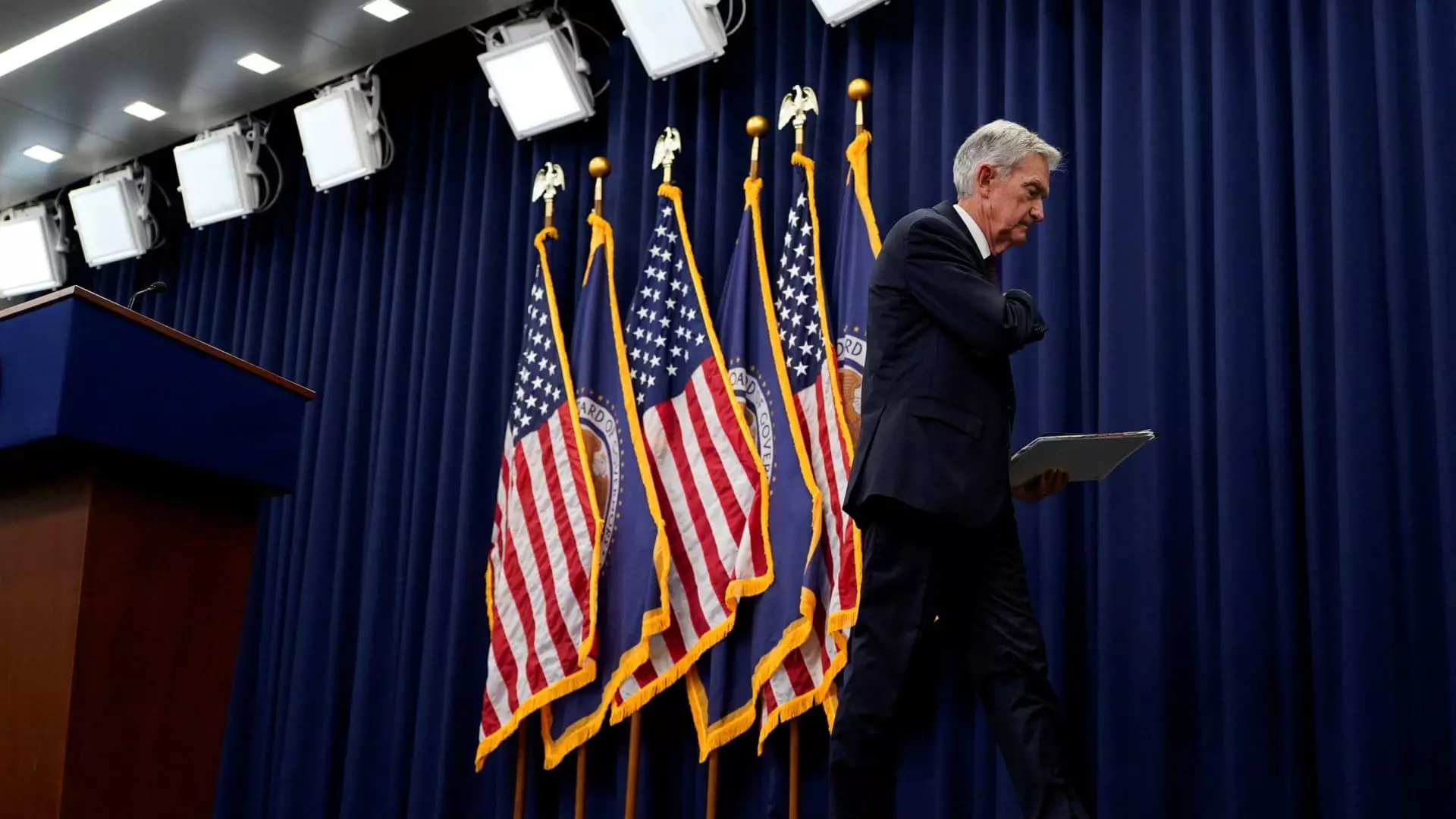The Federal Reserve’s decision to cut interest rates by a quarter percentage point was hailed as largely expected, yet beneath this surface lay a complex web of strategic signals and uncertain intentions. The move to a target range of 4%-4.25% reflects a delicate balancing act: encouraging growth without steering into the perilous waters of inflation. This action signals a subtle shift away from aggressive tightening, but it also raises probing questions about the Fed’s confidence in the economy’s resilience amidst mounting geopolitical and economic uncertainties. A rate cut ostensibly breathes life into sluggish sectors, but it simultaneously sparks fears of complacency, possibly setting the stage for future inflationary spikes or economic fragility.
Signals and Schemes: The Dot Plot and Market Interpretation
The central element generating debate is the “dot plot”—a graphical representation of the committee members’ rate expectations. With a consensus pointing toward two additional cuts this year, along with further reductions in 2026 and 2027, the Fed hints at a prolonged easing cycle. This trajectory aims to reach a “neutral” rate of around 3%, perceived as the sweet spot where growth can flourish without unleashing inflation. But the diversity in forecasts reveals internal discord within the Fed, exposing a fractured outlook on the economy’s trajectory. The markets responded cautiously: equities experienced mixed reactions, with indices like the Dow Jones edging upward, yet the S&P 500 and Nasdaq faltered. In bond markets, diverging yields embody confusion—short-term rates dipped while longer-term yields increased—suggesting uncertainty about future inflation and economic stability.
The Politics of Monetary Policy and Leadership Dynamics
A notable aspect of the Fed meeting was the political backdrop—new Governor Stephen Miran’s inaugural participation underscored the ongoing influence of political appointments on monetary policy. Yet, Chair Jerome Powell’s tone remained measured, emphasizing data-driven decision-making over political influence. His assertion that rate adjustments are primarily about “risk management” indicates a cautious approach, perhaps indicative of underlying tensions. The division among policymakers, evidenced by Miran’s solitary vote for a more substantial half-point cut and the broad range of future projections, reflects a Fed grappling with conflicting signals—how aggressively to support growth while avoiding overheating the economy.
The Future Path: A Gamble in the Face of Uncertainty
Looking ahead, the Fed appears committed to a rapid pace of rate cuts for the remainder of this year, with the possibility of initiating cuts at the upcoming meetings. However, the projections for just one cut annually in the subsequent years—excluding 2028—reveal a cautious optimism that may be overly optimistic given current economic headwinds. The divergence between dovish and hawkish approaches among policymakers suggests a fragile consensus, one that could unravel if economic indicators shift unexpectedly. The misalignment underscores the danger of relying on a forecast that may be overly optimistic about stability and growth amidst a world riddled with geopolitical tensions, supply chain issues, and inflationary pressures.
The Underlying Risks: A Policy in Pursuit of Stability but Facing Contradictions
While ostensibly aimed at fostering economic stability, the Fed’s strategy now walks a fine line. Its aggressive pivot to ease monetary policy after nearly three years of tightening hints at an underlying unease—the risk that absence of decisive action could precipitate a downturn, yet the tendency to cut rates may ignite inflationary pressures if misjudged. The cautious tone adopted by Powell and the internal disagreements among officials reveal an institution attempting to steer through turbulent waters, often resorting to unsteady compromises. Underneath this veneer of cautious optimism lies a dangerous presumption that the economy can be steered smoothly without triggering instability. Instead, this approach risks fostering a false sense of security, masking the inherent vulnerabilities that come with shifting monetary policies in a complex global landscape.

